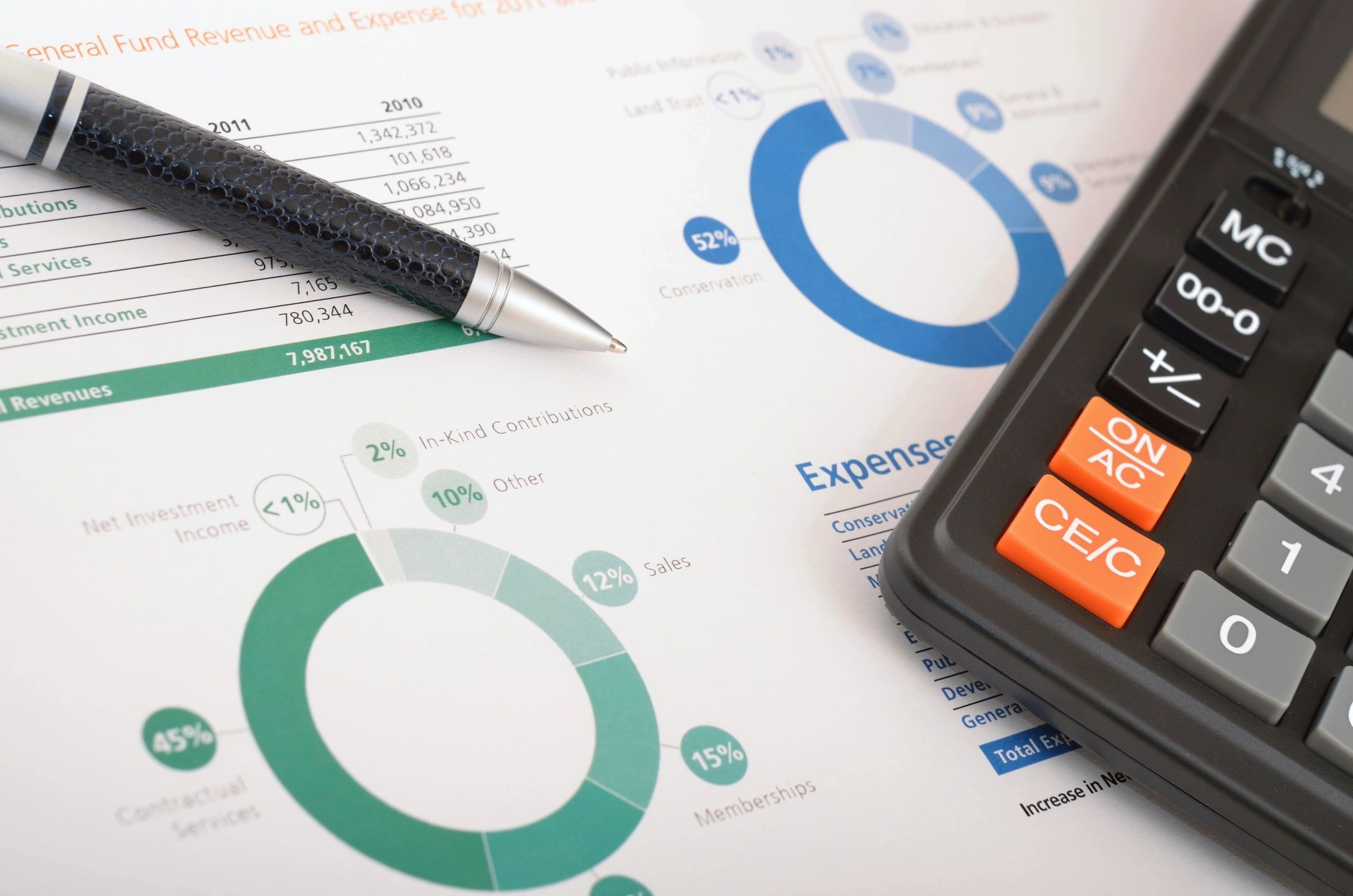Continuing with our blog series highlighting the questions and answers from the Ask Bill Anything webinar held a few week ago, today we are going to summarize the response to the question “What are some best practices for establishing Levels of Service (LOS) and what Key Performance Indicators (KPIs) can track those levels?”
As you will see, my answer focused on best practices for facilities, as that is the area we know best, and the importance of aligning 3 key LOS and associated KPIs with your organization’s long-term goals and resources within your Asset Management Plan (AMP).
Understanding the Facility Condition Index (FCI)
The most common benchmark used in facilities is the Facility Condition Index (FCI). This metric encapsulates deferred capital renewal and maintenance within a defined period, divided by the current replacement value of the asset or portfolio. It’s the yardstick against which we measure the health of our facilities. As an example, let’s say your FCI stands at 15%, indicating the sum of deferred capital renewal over five years divided by the Current Replacement value (CRV). Now, envisioning a 10-year asset management plan, you might set a target FCI to maintain or improve your current standing. However, determining this target isn’t a one-size-fits-all equation; it hinges on your available resources, both financial and human capital, as well as market dynamics.
Energy Efficiency: The Intensity Factor
Energy consumption is also a level of service that often gets included in AMPs for facilities. When you look at energy consumption, you can look at it in terms of overall energy consumption or potentially greenhouse gas production.
While tracking total energy consumption might seem straightforward, it’s often misleading due to changes in the overall size of a portfolio. If you set a 10-year LOS for energy consumption, but you expand your portfolio, your overall energy usage could increase, even if you were using energy more efficiently across your portfolio. The opposite could also be true if you shrink your portfolio. You could reduce overall consumption, but actually be more wasteful with energy usage.
This is where we recommend that energy intensity comes in. By normalizing energy consumption per square foot, we gain better insights into efficiency no matter what changes to the overall size of the portfolio occur. This prevents the pitfall of measuring and monitoring reduced total energy consumption while overlooking increased square footage, ensuring a more holistic approach to energy consumption measurement and management.
Preventative Maintenance vs. Reactive Maintenance
Another important LOS that we see many clients measure is ratio/percentage of preventative to reactive maintenance. Picture this: at the onset of your AMP, 90% of your maintenance budget goes into reactive fixes, with only 10% allocated to preventative maintenance activities. Over time, as you increase your preventative maintenance efforts, the reactive portion should dwindle or reduce proportionately. Tracking the shift in these percentages serves as a potent indicator of your maintenance efficacy. However, achieving this level of granularity of information necessitates robust data tracking capabilities, allowing you to pinpoint costs and tasks down to individual pieces of equipment within specific buildings.
I know that these examples merely scratch the surface of facility asset management LOSs and KPIs as the journey to optimized facility performance is multifaceted, and demands a nuanced approach tailored to your organization’s unique context. As you navigate this terrain, remember to leverage best practices, adapting them to suit your resources and long-term objectives.




